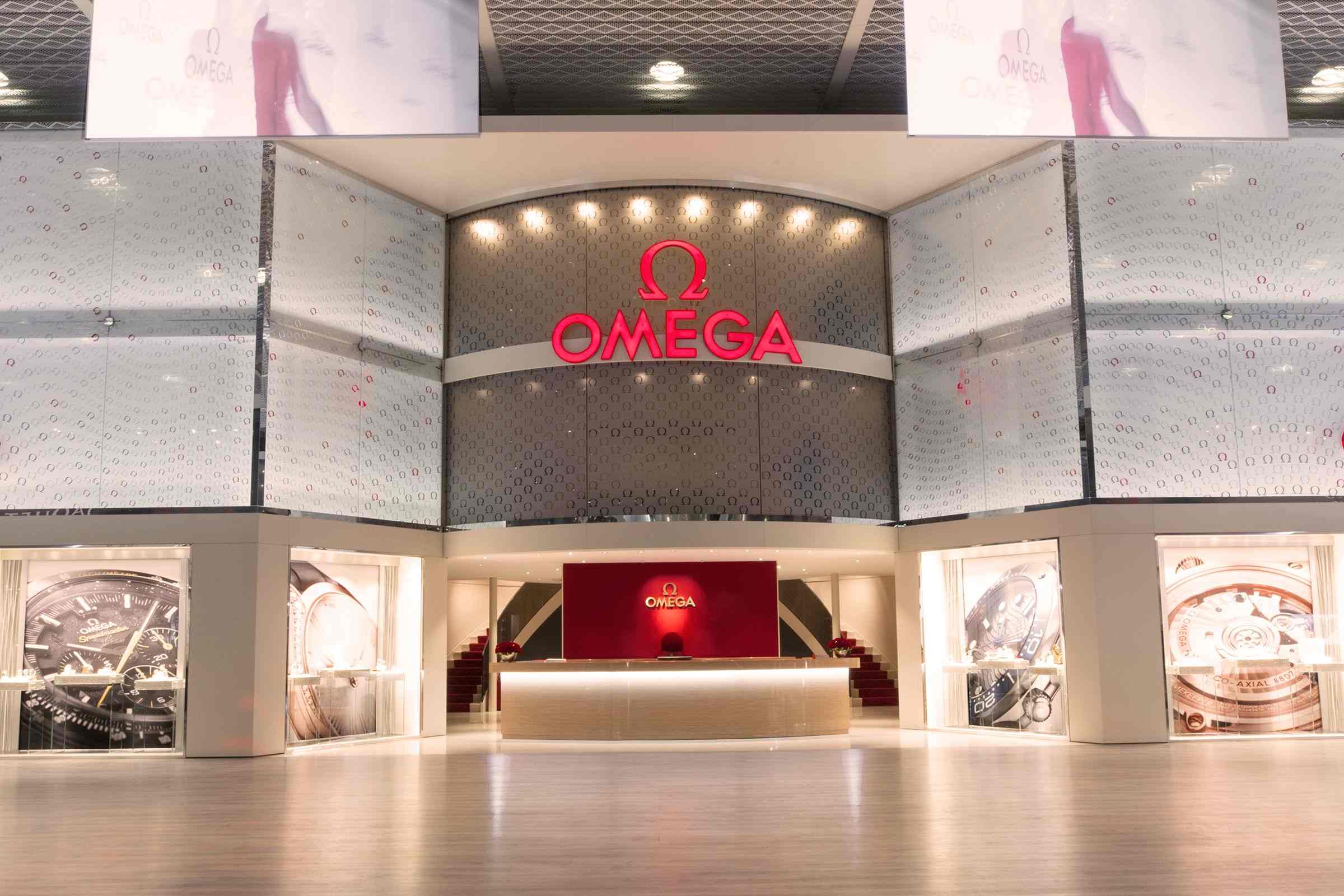News • 24 Aug 2018
Omega Speeds into a Basel-Free Future
Omega, a brand renowned for occasionally shaking the cogs of the watch world, has once again shown its courageously innovative side. Following both the remarkable success story that was #speedytuesday and the controversial pulling out of Baselworld, at an industry level Omega is proving to be an extremely interesting brand to watch.
#speedytuesday
Loyal disciples of the Omega Speedmaster have, for some years now, united as a community under #speedytuesday on social media. It took just a photo of FratelloWatches’ founder Robert-Jan Broeder’s own Speedmaster, uploaded to Facebook (on a Tuesday, of course) with a short, succinct caption: ‘Speedy Tuesday’. Inevitably this quickly sparked joy for fans of the model and #speedytuesday was born. Remarkably, the online appreciation that ensued eventually reached headquarters in Switzerland. Five years later, the original post was formally acknowledged by the brand when in 2017, Omega released a limited edition ‘Speedy Tuesday’ Speedmaster. Influenced in design by the 1978 Speedmaster Alaska III (just one in a long list of iconic references), its radial subdials, vintage Omega logo and hand-wounded calibre 1861 movement was – in reference to the year of the original Facebook post – strictly limited to 2,012 models. Remarkably, the watch was announced on Instagram and only available for purchase online. Perhaps even more remarkable is that it sold out in a matter of hours.

Speeding into a Digital Age
As our lives increasingly become intertwined with our social media profiles and online habits, could this be seen as the start of a trend or perhaps merely a novelty? Critics might have suggested that the collaboration with FratelloWatches was a one-off, except Omega did it again this year with the release of the Speedmaster ‘Speedy Tuesday 2’ Ultraman – bright orange second hand and all. Again the watch, limited in quantity to the speedy signature of 2,012 models, sold out in a matter of hours. Surely, two years of back to back success suggests that consumer tastes are shifting? Not quite. Inherently, the outstanding popularity of the #speedytuesday releases thus far comes down to two driving forces. Firstly, their scarcity. Limited in production to 2,012 timepieces, the models are collector’s items before they first even sit on the wrist of a lucky buyer.

Secondly, and more importantly, they are underpinned by a carefully constructed narrative that they are released periodically on a platform that is as easily accessible from the boardroom as the bathroom; not only selling but indeed releasing a watch online undoubtedly prompts a sense of fun in doing things differently. Novelty in the sense that if overdone, it loses the spark that piqued consumer’s interests in the first place. The ‘Speedy Tuesday’ releases undoubtedly show that consumers are willing to embrace a world of watches that perhaps the watch world itself has not yet fully come to realise.
Pulling out of Baselworld
If social media-inspired online watches are a morsel from the new world of watches, what happens to the old guard? Omega, through its parent company Swatch Group, has again been making waves. The decision to pull out of 2019 Baselworld was certainly not without controversy. CEO Nick Hayek insisted that the booming, international industry of Swiss watches has to be more open to innovation and willing to take risks.
“We are present in the whole world with our brands, close to the consumer and the retailer. It especially doesn’t make sense when you have a management of such a trade fair who thinks the brands exhibiting there are just people [who] pay and have nothing to say” – Nick Hayek
Of course, Swatch Group isn’t just Omega: Breguet, Longines, Tissot, Rado and Blancpain are just a few of the brands falling under the Swatch Group umbrella. Swatch exiting Baselworld is both a symbolic and financial blow to the reputation and legitimacy of the fair, and it’s yet to be seen whether it will catalyse a major re-shift in the Baselworld model of watch releases.

Shifting from intangible controversial gesture to the tangible monetary consequences, the repercussions become immediately clear. Crucially, Swatch Group represents an annual investment of $50 million into Baselworld which the fair will now have search for inside its own pockets. Of course, the relationship is one of reciprocal benefit and mutual gain, and Swatch Group inevitably also lose out to some extent. Yet overall there remains the inescapable reality that Omega (and the Swatch Group more broadly) can live without watch fairs like Baselworld, but Baselworld cannot survive without its watch brands. As the #speedytuesday releases prove, watch brands have the capacity to release, market and sell their luxury products online for a mere fraction of the costs associated with participating in the Baselworld’s of the industry. And with near-instantaneous feedback.

Digitising Tradition
Technology is both an ally and a competitor of the watch world: in the final quarter of 2017, more Apple Watches were exported and sold globally than that of the entire Swiss watch industry. Indeed, many critics consider smartwatches to be the ‘quartz crisis’ of the 21stcentury. Quartz watches didn’t replace luxury watches, instead, it opened up a new market segment. It’s much the same with the Apple Watch and wearables in general. Looking at the market in such a binary fashion isn’t doing anyone any favours. Similarly, it’s foolish to see the market in such extremes, with Baselworld at one end and #SpeedyTuesday at the other. Technology and tradition can instead continue to foster a constructive, innovative and profitable relationship. And Omega is a great example of doing just that (despite a few waves being made in the process).








